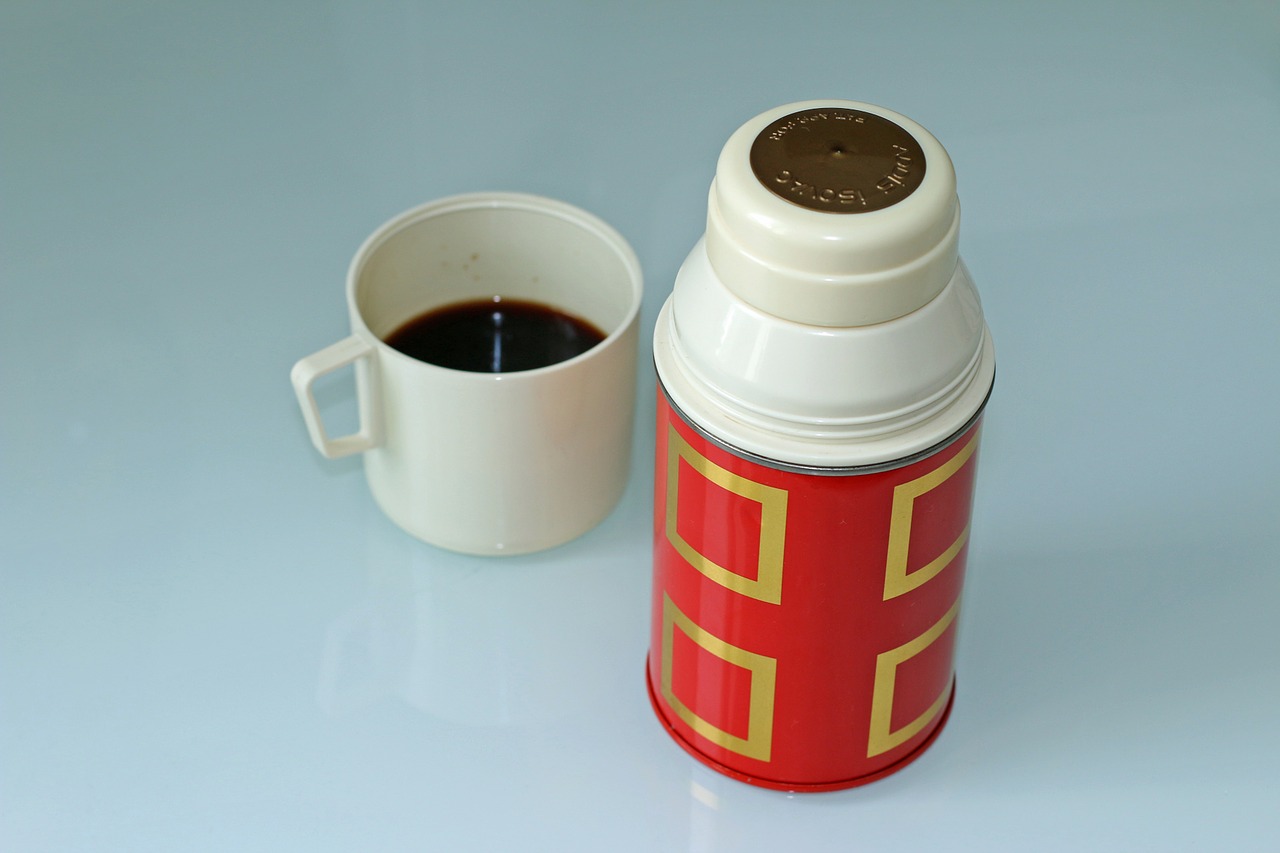Ranking of the best dog breeds for protection for 2025

The concept of the term “guard dog breeds” means service breeds of four-legged friends of a person who have innate skills or have a good predisposition to the following “services”: guard, patrol, guard, guard and protective guard. There is an opinion among the inhabitants that guard dogs are only bred to protect personal property or territory. However, it is worth noting that most service breeds are universal, so a good trainer can make a competent guard out of almost any such dog. Nevertheless, the important thing is to what extent the animal’s skill will be formed: protection as something that needs to be done, because “it’s necessary”, or the animal will develop a strong concept of protection as a duty and vocation.
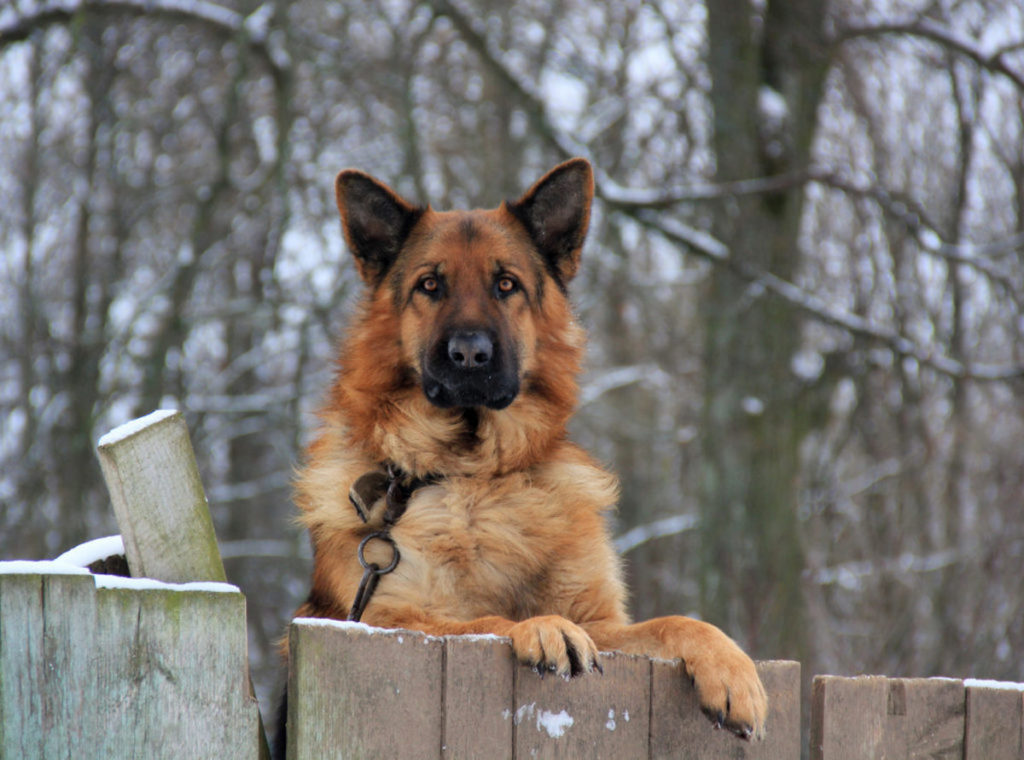
Content [Hide]
- 1 General information about guard dogs
- 2 Fundamentals of circulation
- 3 Features of training and education
- 4 Guard and guard breeds - are there any differences
- 5 Advantages and disadvantages of guard breeds
- 6 Difficulties of choice
- 7 Ranking of the best dog breeds for protection for 2025
- 8 Instead of an epilogue
General information about guard dogs
It is always important to understand that a dog for protection is not only confidence in the safety of a person and maintaining one's own peace of mind, but also a huge baggage of responsibility for the health of the people around. When purchasing a Doberman, Alabai or other aggressive breed puppy, and even more so cultivating the qualities of a security guard in it, one must be aware that the animal, in fact, becomes a kind of analogue of a weapon. And these weapons, as is commonly believed, sometimes may not be controlled by the owner. Accordingly, from childhood it is necessary to make it clear to the puppy who occupies a dominant position in the tandem, and also to teach him to recognize the master's authority.
IMPORTANT! Any specialized training should begin with a general course and training in standard commands.
The basic rules for training a future guard dog are as follows:
- You can not beat the dog and shout at him;
- Do not allow strangers to feed and stroke the pet;
- Before growing up, it is recommended to limit the presence of guests in the house as much as possible;
- Closely engage in the socialization of the puppy, i.e. let him communicate more with his relatives, take him on a leash through crowded places, etc.
At the same time, if there is no confidence in your own teaching skills or there is no time to study, then it is preferable to entrust this process to a professional trainer.
At the same time, one should not forget about the genetic predispositions of the breed itself. For example, a benevolent phlegmatic St. Bernard can frighten an enemy only with his large size, so most dog handlers are not inclined to see him as a reliable guard. But for example, decorative toy terriers or chihuahuas turn out to be very ferocious and, despite their small stature, are able to bite the enemy well.
Fundamentals of circulation
Legal provisions
Naturally, it is much easier to get a dog for protection in a private house than in an apartment building, because in the first case, it will be able to put few people with its presence. However, even there, her residence is subject to the regulation of Federal Law No. 498 of December 28, 2018 "On the responsible treatment of animals", part 2 of Art. 10 ch. 3 of which states that "the dog in the private sector is kept on the principles of free range." But this is only possible if the entire perimeter of the territory of private ownership is fenced off. Otherwise, the animal can only be kept on a leash, and walking is allowed under the supervision of the owners. If the dog leaves the territory or is kept in a non-fenced territory without a leash, the owner will face a considerable administrative fine.Also, at the entrance to the site, the owner must place a warning sign about the presence of a watchdog. The subtlety is that if several families who are not related to each other live in a private house at once, then it is possible to have a four-legged watchman only with the written consent of all the residents.
Conditions of detention
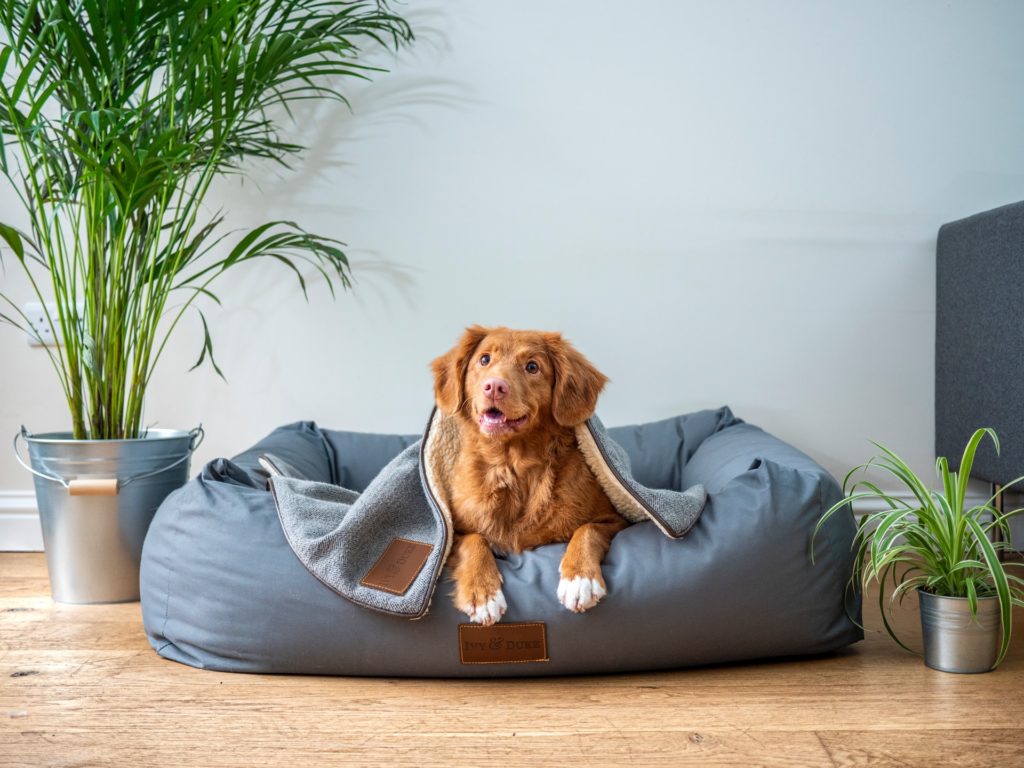
Of course, the pet must live with the owner with the conditions of a certain comfort. For a guard dog, the best place to live will still be your own kennel on the street. This booth must have the appropriate dimensions, be sufficiently warm and waterproof. Some owners prefer to replace the booth with an aviary, putting the dog on a chain, but the latest research by dog handlers has shown that such content has a detrimental effect on the psyche of the animal. Over time, a pet can become aggressive and uncontrollable from loneliness. It must be understood that a yard dog, as well as a domestic dog, needs socialization - you need to walk with it in crowded places and introduce it to representatives of your own species. Otherwise, you can either get a shy animal that is afraid of all strangers, or vice versa, a super-aggressive creature that immediately attacks any unusual object.
In cases where it is not possible to keep a pet in free-range mode, then you should take care to purchase a long leash so that the animal can run freely around the yard and warm up. In any case, it is preferable to carry out walking in direct mode, i.e. taking the dog for a walk on a leash and to distant places, because the constant view of his yard will quickly get bored, and the pet will become depressed.
Most owners of guard dogs are always tormented by the question: is it worth taking the dog into the house from the yard with the onset of cold weather? It must be recalled that watchdogs must be distinguished by a good coat. If a warm booth is equipped for the animal, it eats well (which will allow it to grow hair before the onset of cold weather), then the dog will endure the winter well on the street, without weakening its watchdog functions at all. If there is no certainty in the presence of these circumstances, then, of course, it is more humane to take the four-legged guard into the house.
IMPORTANT! However, even in the house, its “place” should be determined in advance for the beast. By the end of the cold weather, the dog may begin to shed and diff its coat throughout the house.
Features of training and education
Training processes for guard dogs are recommended to start at about 3 months of age. At the same time, it is extremely important that the dog from childhood learn, master and remember the most important commands in the first year of life, which is due to the fact that adults learn and learn lessons much worse. It is always worth remembering that the learning process should not be based on physical strength and cruelty, because a pet that was beaten for any pranks in childhood will easily hold a grudge against its owner and will take revenge already in adulthood. It is perfectly acceptable for guard dogs to skip learning some minor commands, but it is very important to teach the main signals. So, first of all, you should teach the dog the “Place!” command, so that the animal immediately goes where it should. In order to execute this command properly, the puppy must understand that he has his own “place of residence” on the territory or in the house.The skill is instilled by praise and encouragement for each time the puppy takes its “place”. Soon, digestion should do without reward, and the puppy should just see the positive reaction of the owner.
Another important lesson in the field of primary education is the practice of inhibiting commands such as "Fu!" or "No!". These orders should cause the dog to immediately stop any action AT ALL, whether it be picking up foreign objects from the ground or showing aggression towards other people. This is the only team whose training is based on the use of punishment in order to form the desired reaction in the pet.
Standard commands also include "sit" and "down". For training, you will have to apply a slight physical impact on the puppy's body in order to let him know what position he needs to take. For the “sit” command, you should lightly press on the dog’s croup, and for the “down” command, you need to slightly direct the front of the body. This will have to be repeated until the dog independently begins to recognize the command and perform the appropriate actions.
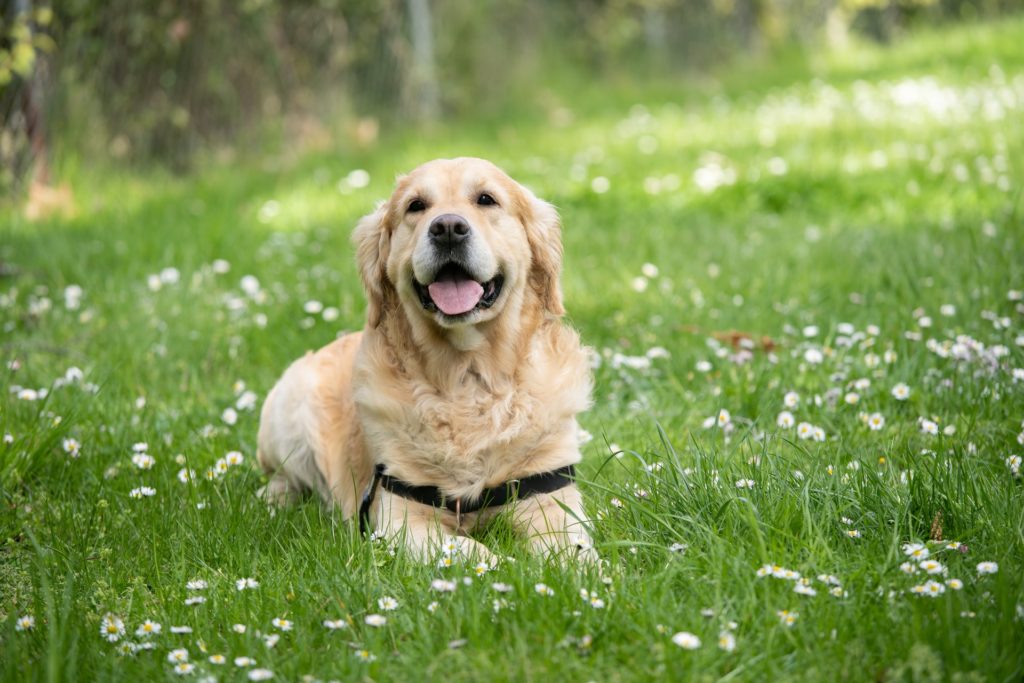
The main commands for guard breeds also include:
- "Alien" and "Own" - they are used for emergency situations, for example, when the offender encroaches on property or vice versa, the dog's aggression is unreasonable;
- Teams "Fas!" and "Take!" - are a tougher version of the command "Alien!" and directed directly at a specific person, in order to encourage the dog to enter into physical contact with him. These commands should only be used when there is an immediate threat to human life. It is forbidden to use them unnecessarily or just as a joke.
Some tips for raising a four-legged watchman
First of all, the owner needs to choose the right breed, because there are species that are difficult to control. Immediately you need to pay close attention to the pedigree, find out if the parents had the appropriate makings of guards. The rest of the skills can be taught. The dog must always follow all commands unquestioningly, distinguish friends from strangers, never take food from another person, and definitely clearly distinguish between a work task and a game situation. Professional dog handlers are advised to adhere to the following points:
- Watchmen-guards should be educated from childhood, first instilling in the dog the order of respect for each member of the family, while teaching him to distinguish his own from others.
- The puppy should take food exclusively from the master's hands, and only one person should feed it! If this postulate is strictly followed, then no one else will be able to feed the dog.
- Guests should be forbidden to caress the dog, and attempts to treat it with treats should be immediately stopped by the owner. All this will severely limit the circle of her acquaintances, because the guard must clearly understand that his main task is to protect household property and owners.
- Early socialization as a mandatory requirement - walking must be carried out on an ongoing basis outside your own yard.
- Exclusion of 100% dominance over the dog - the dog should not wait for the command from the owner in emergency situations and be able to do without them.
Guard and guard breeds - are there any differences
This issue is quite controversial, but most scientists from cynology prefer not to share these two qualities.It is believed that the guard dog only warns the owner of the danger, while the guard dog is designed for a lightning attack on the enemy. However, if you think in such categories, then the watchdog will be a kind of live alarm that is not capable of physical protection. Moreover, if you train an animal in a similar vein, then it can get used to barking for no reason at any rustle, having lost the ability to think rationally and calmly. From this it is clear that guard and guard breeds are one and the same.
Advantages and disadvantages of guard breeds
Their positive qualities include:
- They are characterized by an increased level of intelligence, excellent learning ability, compliance with training, they are unpretentious and easily settle down in a new place;
- The security skill, due to innate endurance and energy, is their main plus;
- Guard breeds get along easily with other pets.
Among the shortcomings can be listed:
- A greater need for physical activity, from which the dog requires more attention and needs long walks;
- Too large guard breeds are not suitable for keeping in apartment buildings;
- The key to the proper upbringing of a security guard is competent training from a young age, which not every owner can handle.
Difficulties of choice
Any dog to perform the functions of a guard or guard must be selected from the so-called service breeds. Representatives of these breeds have service skills laid down at the genetic level that allow them to make the right decisions in a critical situation. They should be characterized by calmness of character, stability of the psyche and disposition to training.If you need not only a guard, but also a companion in addition, then for these purposes it is better to purchase a medium-sized puppy.
Non-watchdog breeds
Not every dog is able to become a worthy and reliable guard, so it is important to know those breeds that, in principle, are not able to perform the specified function of protecting a person and his home. These may include the following breeds:
- The Tibetan mastiff, in principle, is not suitable for guarding the house and the surrounding area, because, despite its huge size, it is very friendly. Even making attempts to protect a person and a house, he will not be able to cause significant harm to the offender.
- It should be understood that sledding breeds do not equal security guards. This is due to the fact that they also have a friendly disposition and are called upon to perform completely different functions at the genetic level. Thus, Malamutes and Huskies make good companions and pets, but not guards.
- Guides and rescuers will also not be able to fully protect the owner, because they have excessive good nature and rejoice at any stranger. Therefore, St. Bernards, Retrievers, Labradors and Drathaars are not adapted to the security business.
- Many decorative breeds are naturally very shy, although in most cases everything will depend on education. In extreme cases, they can only be used as a live alarm, because. they are almost incapable of causing harm. These breeds include Chinese Crested, Bichon Frize, Toy Terrier, Shih Tzu, Affen Pinschers and Pugs.
Ranking of the best dog breeds for protection for 2025
Large
4th place: Central Asian Shepherd Dog
votes 0
This breed is aboriginal, bred in the order of folk selection.They were bred as defenders of large herds of cattle, flocks of sheep from large predators. The special climate, the specifics of the area and large areas of "service" have formed the ability of shepherd dogs to intelligently use the resources of their own body. It may seem that the dog is somewhat slow, but this can quickly change to a willingness to join the fight, preventing the threat. Perfectly will be suitable for security and sentry service.
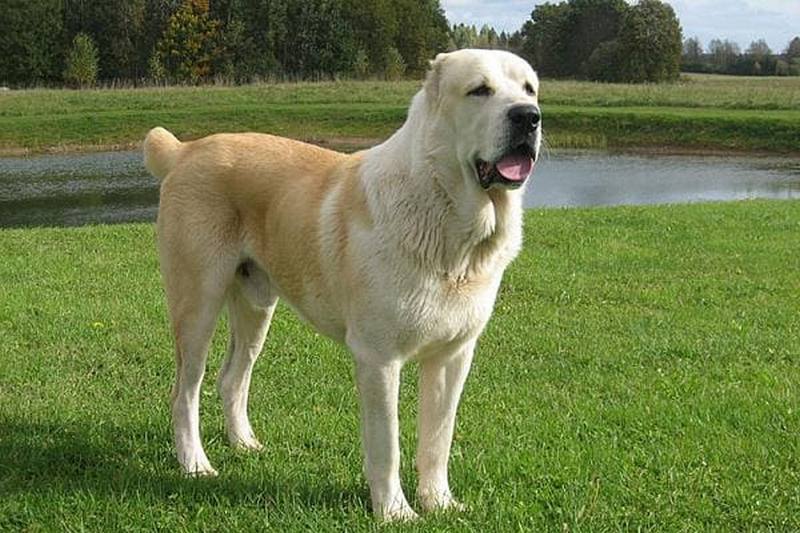
- Ability to serve large protected areas;
- Increased muscle mass;
- Fast reaction.
- Content on the chain is not allowed.
3rd place: English Mastiff
votes 0
These mastiffs are the largest of all known - for them there is no threshold in height and weight. They are a large and heavy security unit with well-developed muscles, while they have a fairly calm character. Differs in special vigilance at supervision of the protected territory. Attacks are carried out as sharply as possible. With proper upbringing, an article can be an excellent nanny for young children.

- Fast reaction;
- Possibility of variation of training to perform the functions of a companion;
- Special vigilance.
- Large size suggests enhanced nutrition.
2nd place: Leonberger
votes 0
This breed is quite new and was bred at the end of the 19th century by crossing the St. Bernard and Newfoundland. It is distinguished by a special calmness, which in no way detracts from the properties of an excellent guard. Due to the presence in the genes of qualities from the St. Bernard, the dog requires frequent walks and interaction with the owner. With a sufficient level of training, along with the qualities of a guard, a dog can be instilled with the qualities of a companion.

- Developed muscles;
- A good wool coat allows you to endure cold without problems;
- Excellent level of learning.
- Due to high socialization, keeping in an aviary is not recommended.
1st place: Moscow watchdog
votes 0
This breed is very young, as it was bred after the Second World War. In her genes is the legacy of the Russian Pinto Hound, St. Bernard and Caucasian Shepherd Dog. The purpose of the breeding activities was to obtain an individual specially designed for guard duty and protection of vast territories. It is distinguished by special gigantism, unfriendly and very cautious with strangers, recognizes the owner only in the first and only person, treats other family members kindly. By nature, she is calm and balanced, the innate instinct of a guard is laid down.
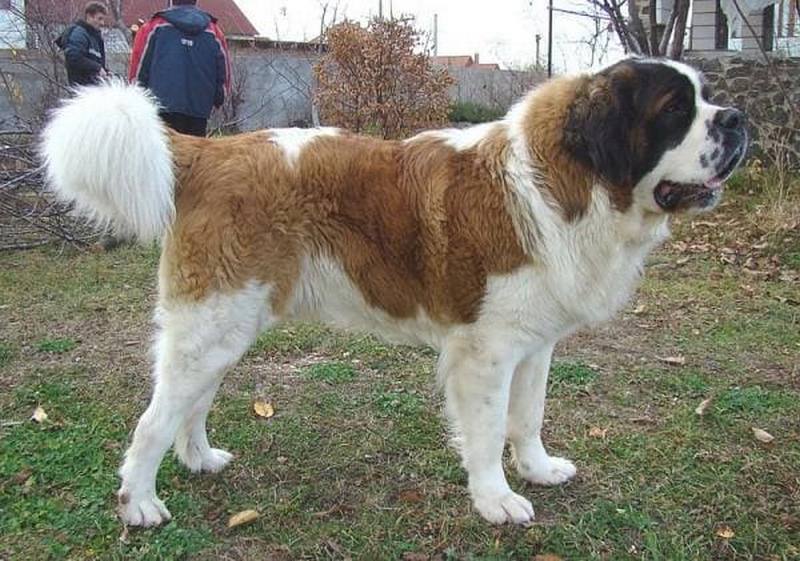
- Large dimensions;
- Choice of sole owner;
- Special selection.
- The dog is capable of excessive aggression at the slightest manifestation of a threat.
Medium size
4th place: German Shepherd
votes 0
Probably, the "Germans" are the most common security guards, they are considered universal service assistants, they are used both in the police and in the army, and they can also become excellent companions. By nature, these dogs are very balanced, do not show excessive and unjustified aggression. However, the guard instinct is poorly developed, the dog better obeys the orders of the owner than makes independent decisions. Works best in tandem with a human.
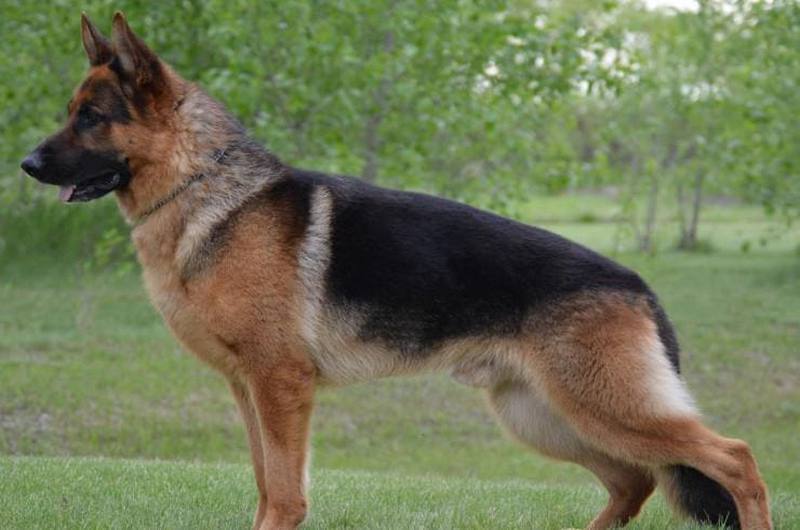
- Excellent reaction;
- Complete submission to the owner;
- Balanced character.
- Some inability to make independent decisions.
3rd place : Boxer
votes 0
Some cynologists define this animal as "a dog with a teenager's character", which does not change throughout life.Its main advantage is the possibility of keeping both in an apartment and in a private house. However, for the winter he will have to be invited to a warm house, because. short hair will not allow you to endure the cold. The character is distinguished by cheerfulness and excessive activity, readiness to quickly fulfill any order of the owner. With proper training, the level of independent decision-making increases, therefore it is also suitable for the security service.

- Small size;
- Sufficient intellectual abilities;
- Susceptibility to specialized training.
- Hyperactivity.
2nd place: Herder
votes 0
This breed is also called the Dutch Shepherd. It comes from Belgian shepherds, from which it received efficiency, endurance and intelligence. Initially, the herder was attracted exclusively as a shepherd dog, but after its specialization has significantly shifted towards security functionality. At the same time, he unquestioningly obeys the owner and makes his own decisions in critical situations. Differs in prompt reaction. The animal is bold and hardy, but these qualities will have to be achieved through long training.

- Versatility;
- Courage;
- Reaction speed.
- Requires thorough training.
1st place: Czechoslovakian Wolfdog – VLCHAK
votes 0
Another young breed, which was the result of crossing "Germans" and "Carpathian wolves", resulting in a real wolfdog. Officially registered only in 1999. This wolfdog is characterized by courage and intelligence, as well as endurance. The innate cowardice left by the wolf in front of a person is almost not manifested.It is universal, it can be used as a vigilant guard of vast territories, it is also suitable as a sentry bodyguard. Sports training available. It is forever attached to the first owner, and meets strangers with caution, but without aggression. Vlchak is capable of independent decisions.

- Mind;
- Courage;
- Attachment;
- Ability to make independent decisions.
- Not detected.
small
2nd place: Pinscher
votes 0
One of the smallest breeds that are used for protection. This is a brave, somewhat stubborn and incredibly brave four-legged, which will perfectly cope with the protection and protection of not only the apartment, but also the private sector.
The animal is fearless, energetic, easily trained, and at the same time they are distinguished by a good-natured disposition, in the absence of a threat to other dogs and children, they show no interest. Only listens to the owner
The maximum weight of an adult animal is 20 kg, with growth at the withers - 300 mm.
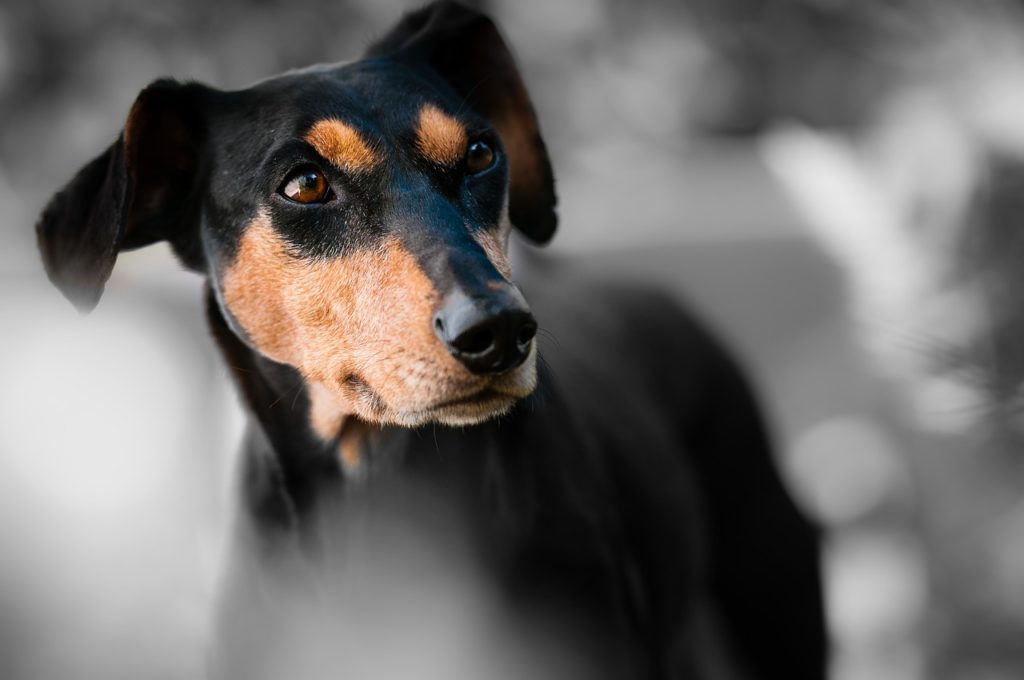
- is an excellent guard;
- small sizes;
- undemanding care;
- not aggressive;
- good learning.
- not identified.
1st place: Schipperke
votes 0
A small shepherd dog of Belgian origin, despite its small size, capable of becoming a reliable guard. It is characterized by courage and some desperation, has excellent intelligence. It lends itself perfectly to training, which speaks of its versatility, especially in the security field. A small but courageous dog, will be able to successfully resist both a human offender and larger dogs.

- desperation;
- Courage;
- Ability to perform security service.
- Has a somewhat self-willed character.
Instead of an epilogue
Summing up, we can distinguish several main breeds that can successfully cope with security functions: Caucasian and German Shepherds, Alabai and Dobermans are super-reliable guards; Rottweilers, Canne Corso and Giant Schnauzers are capable of both guarding and becoming reliable friends. But any decorative rocks are best left for city apartments. Also, one should not be mistaken and consider fighting and hunting breeds as reliable guards - for many years, selection has laid completely different qualities in their genetics. And it is always worth remembering that the owner should not completely dominate the dog, but should explain to the dog from puppyhood who is in charge in their pair.
new entries
Categories
Useful
Popular Articles
-

Top ranking of the best and cheapest scooters up to 50cc in 2025
Views: 131650 -

Rating of the best soundproofing materials for an apartment in 2025
Views: 127690 -

Rating of cheap analogues of expensive medicines for flu and colds for 2025
Views: 124518 -

The best men's sneakers in 2025
Views: 124032 -

The Best Complex Vitamins in 2025
Views: 121939 -

Top ranking of the best smartwatches 2025 - price-quality ratio
Views: 114979 -

The best paint for gray hair - top rating 2025
Views: 113394 -

Ranking of the best wood paints for interior work in 2025
Views: 110318 -

Rating of the best spinning reels in 2025
Views: 105328 -

Ranking of the best sex dolls for men for 2025
Views: 104365 -

Ranking of the best action cameras from China in 2025
Views: 102215 -

The most effective calcium preparations for adults and children in 2025
Views: 102011




